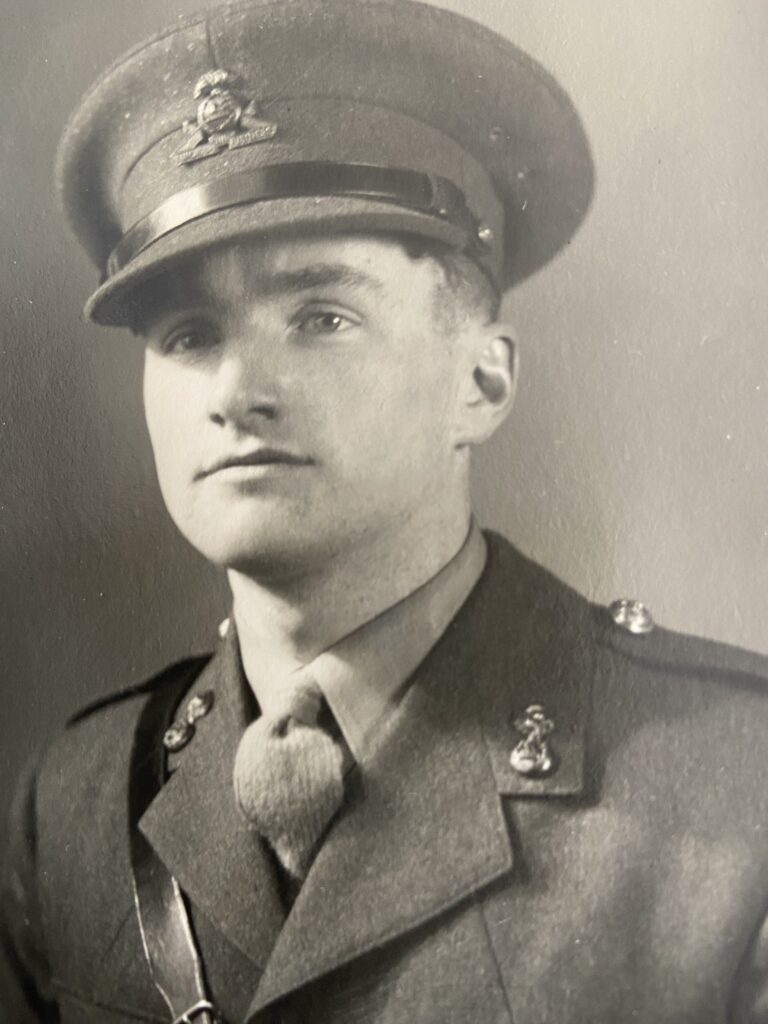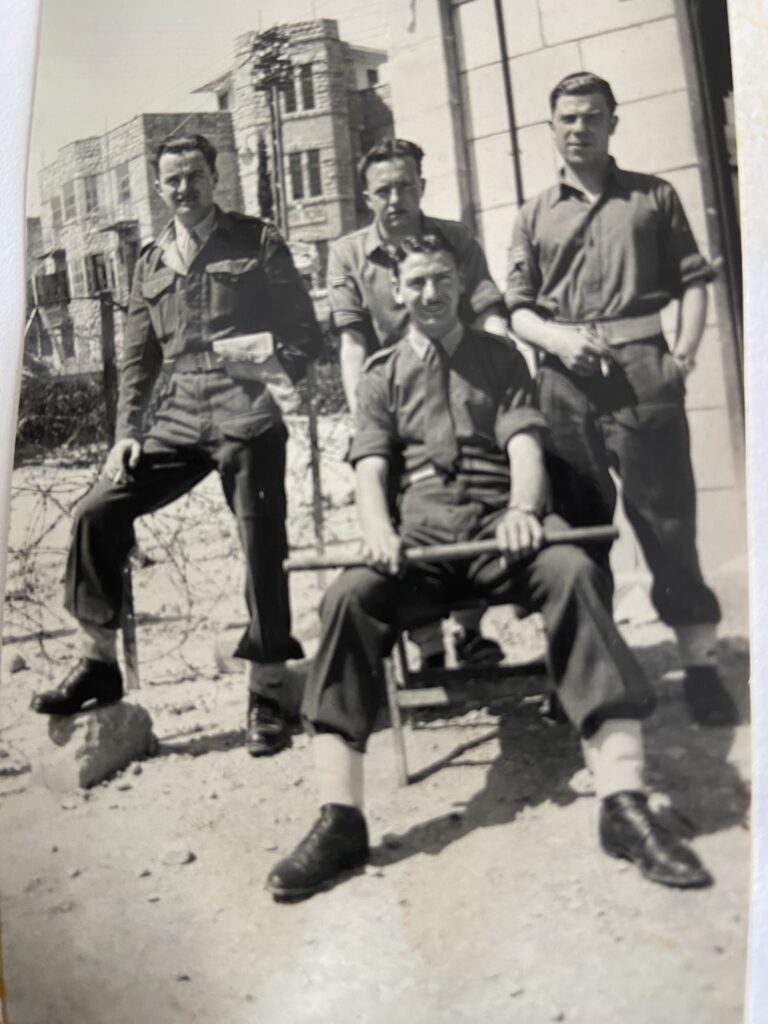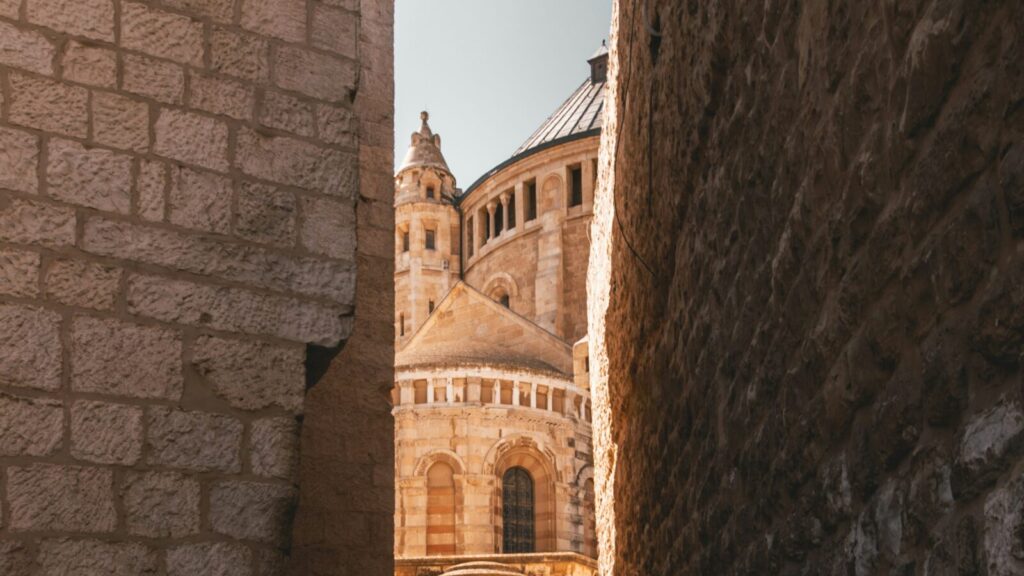I visited Israel for the first time more than a year ago, in February 2023. Before the horrors of June, and all that followed after it, before the massive explosion of anti-Israel feeling—no longer wearing its polite disguise of anti-Zionism, but now blatant antisemitism—suddenly as fashionable in the colleges and ante-chambers of the elites as it had been in Berlin in 1938.
I had been to Iraq nine times since early 2014, having heard the coalition bombs drop on Mosul from a town nine miles away in 2017; I was the first English-speaking priest to enter Mosul in 2018 (where I was one of the few people who saw the building from which ISIS threw homosexuals to their deaths—so much for “Queers for Palestine”); and I had been in Lebanon and Syria, where very few Westerners have walked the streets of Damascus in the last ten years. So, many people were surprised when I told them that I had never been to Israel.
The reasons for that are legion, but it was somewhere that I had always desired to visit. I was lucky enough to be invited to go as the chaplain with the Philos Catholic group, a mixture of academics, journalists and significant figures in the Catholic world. The trip was not organised by Philos as a pilgrimage, although we had daily Mass and visited many sites, but as an encounter of mutual respect and dialogue between Catholics and Jews, and to gain a certain understanding of what the State of Israel actually means for the people who live there.
It was an extraordinary week for all involved, a time of contradictions, changed perceptions, renewed confusion, friendships, deeper understanding, and some honest truth-telling from everyone who participated.

I was determined to write about it, but, even though I am a natural procrastinator, the words would not come. A friend who was also on the journey, and who is the author of several books, also admitted the same difficulty. Maybe more than a year of gestation was needed, a longer period of labour than was comfortable—a time to allow the whirlwind of contradictions and confusion to settle, although not necessarily to be answered completely.
Chesterton wrote that “The things that meet today in Jerusalem are by far the greatest things that the world has seen. If they are not important, nothing on this earth is important.” Written long before the State of Israel came into being—while, in fact, Palestine was a British protectorate—Chesterton captures, in some way, quite why the experience of Israel (not only Jerusalem) is so profound.
The epicentre of the three monotheistic world religions—the locations of the Jewish Temples; a truly sacred site for Muslims on the Temple Mount; and, of course for Christians, the place of the Crucifixion and Resurrection of Jesus—Jerusalem is, in more ways than one, the centre of the world. Hearing different tongues and visiting different quarters long established, one experience after another both clarifies and confuses about the State of Israel.
Walking through a section of Tel Aviv, off the tourist track, in a predominantly Yemeni area, everyone was Jewish. It was every bit as Arabic as any other part of the Middle East, but it was the first time, in all my visits to that area, that something extraordinary happened. As I was wearing my black cassock and walking with a friend through the equivalent of the Souk, an elderly woman—probably a Jew from Yemen—muttered as I passed by, “Nasrani.” The ancient name used for Christians and abused by Islam for centuries as a term of denigration—including the use of the Arabic N, or “Nun,” first as a form of identification, but now a sign of solidarity with persecuted Christians—was not spoken in hostility, but merely factually. I am, indeed, a Nasrani.
Addressed by Rabbis, academics, and scholars; going into the West Bank and meeting with the Patriarch; meeting in Nazareth with the Bishop, we heard of the history, the tragedy and the hope in the land, with no soft-focus cameras or denial of the problems. It was confusing, joyful, and exciting, painful and praiseworthy.


This experience became very personal when we turned a corner in the Arab quarter of Jerusalem, part of the traditional Way of the Cross, and suddenly saw something completely incongruous in the wall next to a Church. It was a red Post Box from the time of the British Protectorate, marked with the insignia of King George. For some unknown reason, I had forgotten that my father had been here, certainly passing this very spot, in 1946. A young Lieutenant in the Lancashire Fusiliers, he was patrolling the streets of Jerusalem and Haifa. Our charming guide asked whom he was fighting; the response was well received, but with some amazement, that it was, of course, the Irgun Zvai Leumi and other Jewish groups engaged in battle, attempting to found the State of Israel—more confusion and contradiction.
For all of us, one of the most profound moments was to be invited into the houses of some modern Orthodox Jews to celebrate the Shabbat. This was not something put on for a tourist display. Many of the families said that they had never had gentiles at their Sabbath meal, and certainly not a Catholic priest. For all of us, the unspoken question, until the last day after a moving visit to Yad Vashem, was who is Jesus to the people we had met. The response of our learned Jewish expert, accompanying us for the whole trip, summed up the essence of this extraordinary encounter. He said, “We want you to be authentically Catholic.” In fact, the “who is Jesus” question could have been answered in many ways, depending on who was being asked. The point is that there was no attempt to fudge, to create an inter-religious pudding, amenable to the lowest common denominator but lacking in substance. The honest acknowledgement of difference, even insurmountable difference—and yet tolerance, understanding, and a willingness to talk and work together—was an essential part of this experience.
No one came away saying they understood Israel (do Israelis even understand Israel?), but a respect for its complexity and a wholehearted commitment to its validity was our common reaction.


The last factor which unplugged my procrastination, or inability to put in writing my tangled emotions about the trip, was a recent viewing of the television adaptation of the book, The Tattooist of Auschwitz. It is impossible to view, read, or listen to anything about the Holocaust without meditating on the mystery of evil involved in the attempted annihilation of the Jewish race. The Armenian and Assyrian genocide did occur, as with the genocide of the Tutsis in Rwanda. Both were brutal attempts to wipe out entire peoples. It is not Hannah Arendt’s famous quote about the “banality of evil,” which strikes home when considering the Nazi plan for the extermination of the Jews, and the successful murder of six million men, women, and children. It is the systemisation, the paperwork, the bureaucracy, and that particular Teutonic single-mindedness in reaching targets. It is the juxtaposition of the highest levels of culture and western civilisation, mixed with demonic depravity, which makes what was attempted so unique. At some point in the book, the main character, the tattooist, Lale Sokolov, says, of moving to Australia, that he and his wife were searching for “an island” where they could be safe and free.
In 1946, my father, dressed in British Army fatigues, was, as the sun set rapidly on the Empire, enforcing government policy to fight those attempting to create the Jewish State. More than seventy years later, I stood where he stood in Jerusalem, where the true island of freedom and safety for the Jews had been created.





